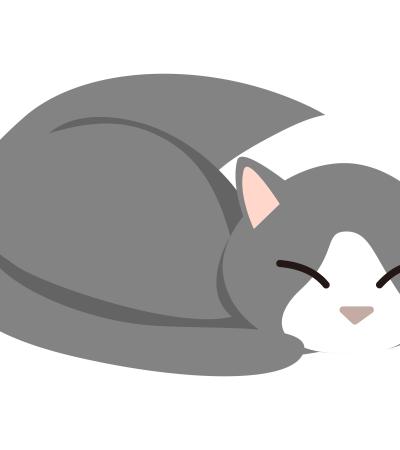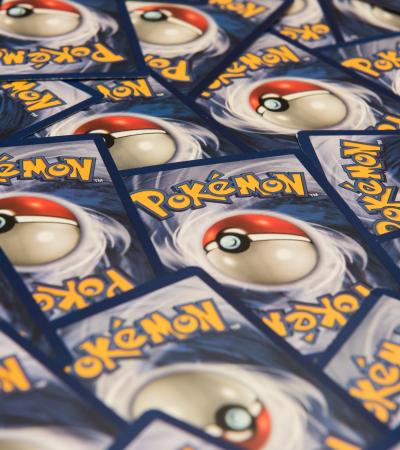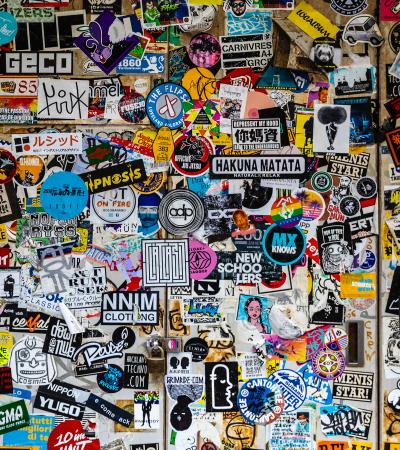Passive programs can be a great way to regularly attract students into the library without having planned, specific events. Pick a corner of the library that can be designated for these drop-by activities, set out the supplies and some instructions, and let it go! Here are a few of my go-to passive programs.
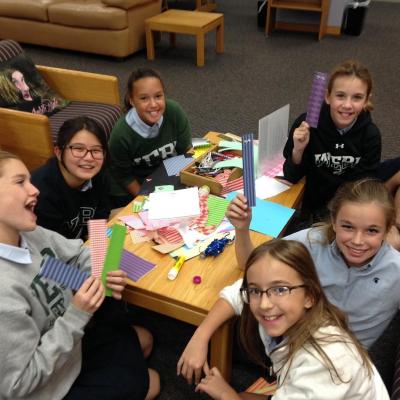
Crafts galore
The possibilities for crafts are endless. You can find tons of ideas here on Programming Librarian, but these crafts were particularly successful in my library.
- Zentangles: We had some Zentangle books donated to the library, so we laid them out with some paper and pencils. Right away, we had students trying their hand at the designs in the books.
- Paper snowflakes: Set out paper and scissors and some basic directions for folding and making a snowflake. You can also find free templates online to make themed snowflakes, like Frozen and Star Wars character flakes.
- Design a bookmark: You can set out templates for students to color, but for older students you can also have supplies like scrapbook paper, ribbon and googly eyes for students to fold and cut their own bookmarks.
- Or, forget the theme — just leave out the supplies!
Trivia questions
This passive program requires a bit more legwork than some of the others. Do you have a whiteboard or window in your library? Put up a weekly or bi-weekly trivia question, then lay out some books where students can find the answer. You can even make it a competition and have students give a simple citation for their answers. Pick a random winner from the students who get it right and give out a small prize.
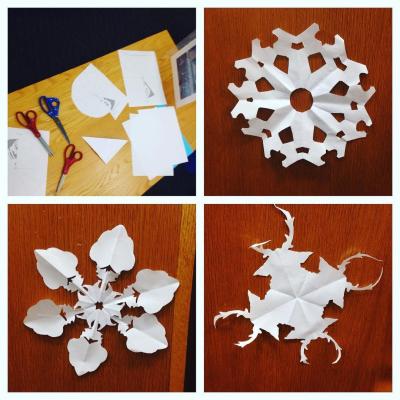
Jigsaw puzzles
You would be surprised how much students love jigsaw puzzles. I laid out my first puzzle in the morning, and by the time lunch was over, the students had finished it. The same has held true for every puzzle I’ve put out in my library.
Puzzles are also easy to get — most people don’t want to do the same puzzle more than once, so donations are easy to find, and many used bookstores and thrift stores will also have them for cheap. Get a puzzle mat so you can move it undisturbed, if need be, or make a puzzle mat out of felt and a pool noodle.
Collaborative crosswords
This idea comes from a recent professional development event, and I loved it so much I had to share it. Use butcher paper to create a giant crossword puzzle. Each student can fill in one word per day until the puzzle is full. Use an online crossword puzzle creator like Discovery Education's Puzzlemaker to create a themed puzzle, then just draw it large scale.
House of cards
Set out a deck or two of cards and have students try to build a house. How high can they go?

